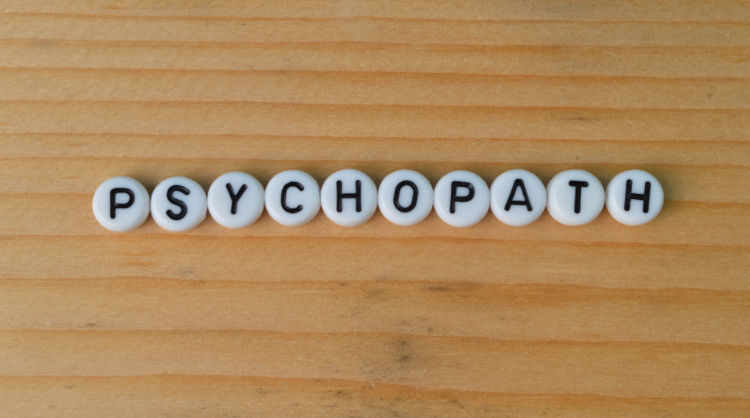In January, one of the wildest Intel prototypes I witnessed at CES was a giant handheld gaming PC with an 11-inch autostereoscopic (read: glasses-free) 3D screen, detachable controllers, an Intel Lunar Lake chip, and a dedicated toggle to switch between 2D and 3D modes.
Co-developed by Intel and Tencent Games, it was called the Sunday Dragon 3D One and dubbed an experimental product. But now, Abxylute, the company best known for kickstarting a $199 cloud gaming handheld, tells The Verge that it will actually sell this massive Windows handheld as the Abxylute 3D One.
It should go on sale in late September or early October for a price under $1,700, marketing head Eunice Lu tells me.
Abxylute largely seems to be whitelabeling the product. The company’s photos look like the one I saw at CES, up to and including the model name “Sunday Dragon 3D One” printed on the back, though Lu tells me final units won’t have that branding. The company’s also upfront that it will come with Tencent’s eye-tracking 3D display, co-developed with partners Intel and display maker BOE.
It should even have a Tencent app that claims to add 3D depth to your 2D photos, videos, and games, using a real-time interleaving algorithm, though you won’t always need to rely on that: Abxylute claims the product’s specifically optimized to deliver 3D for 50 of the top Steam games, including Black Myth: Wukong, Naraka Bladepoint and Hogwarts Legacy.
One important difference since CES: it has new twin touchpads on each of its detachable grips! Those grips also have magnetic drift-resistant Hall effect joysticks and triggers.
Like the MSI Claw 8 AI Plus that I’m currently reviewing (which recently got a graphics driver update that gives it competitive performance with other top Windows handhelds), it’ll feature Intel’s Core Ultra 258V chip and 32GB of LPDDR5X memory, powering a 120Hz 16:10 screen.
Image: Abxylute
Unlike MSI’s 8-inch handheld, however, this is a huge 3-in-1 convertible: its 10.95-inch 2560 x 1600 display can lean back on a kickstand as you detach the controllers, or plug into a magnetic keyboard folio, when you’re not holding up its entire 2.45 pounds (1.11kg) between your two hands. And yet it only houses a 50 watt-hour battery, smaller than the Claw 8 or the Asus ROG Ally X. It also advertises a switchable display with 60Hz and 120Hz modes — not a variable refresh rate, which I’ve found provides smoother gameplay on handhelds like these.
Some of the screen’s specs are intentional for 3D reasons, though. Lu says “3D mode requires the display to run at 120Hz,” and it’s deliberately a large screen: “smaller panels noticeably reduce the naked-eye 3D effect, so this form factor was chosen to preserve stereoscopic quality.” Thinking back, it’s true that I’ve enjoyed glasses-free 3D screens more when they’re larger, as you can move your head more to appreciate the depth without running into a screen bezel.

Even if it’s not as portable and far pricier than the competition, I bet the Abxylute will have devotees: my colleague Antonio appreciates the idea of big handhelds after toying with the Acer Nitro Blaze 11, a handheld the same size and shape as this!
And it’s also possible creators looking for a glasses-free 3D device will buy one with no intention of gaming: the screens can be handy to preview 3D models and artistry, though laptops and standalone screens with the tech also exist.
0 Comments

















